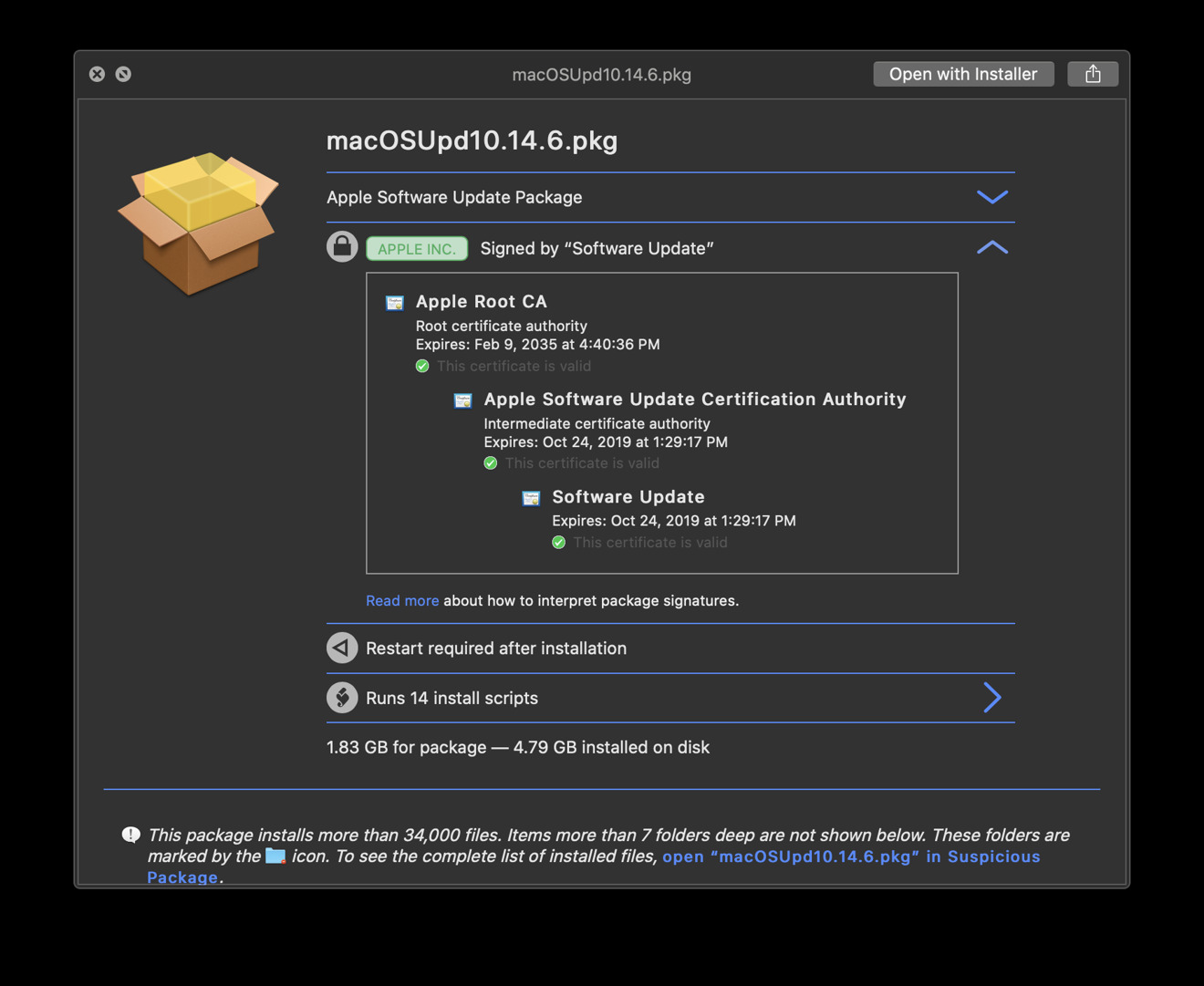Arriving Home Mac OS
I am having MAC OS X(Sierra) 10.12.2. I set ANDROIDHOME to work on React Native(for Android apps) by following the following steps. Open Terminal (press Command+SpaceBar, type Terminal, Hit ENTER). Sep 25, 2018 Home gives you options for when a sensor detects something — say motion or perhaps smoke — plus ones to do with the time of day or people arriving and leaving. It's a basic list but it's powerful. Mar 24, 2021 The arrival of OS X was, itself, perhaps the most significant turning point in the history of the Mac. It was a result of Steve Jobs coming back to Apple in 1997 along with his NeXT company's.

After nearly two decades and 16 versions wherein the new yearly release of OS X and macOS would increment the decimal place (10.0 through 10.15), Apple is ready to move on. According to WebKit code spotted by 9to5Mac, the next version of macOS won’t be 11.1 as we might naturally expect, but macOS 12. It’s not yet known whether Apple will continue to name it after a California natural landmark.
Apple didn’t make a big deal out of finally moving from version 10.x to 11 with Big Sur, and with the launch of the first Apple silicon Macs, it made sense to start fresh. But we also assumed Apple would follow the same numbering system that it did with Mac OS X (10.0 through 10.11) and macOS (10.12 through 10.15), meaning this year’s release would be macOS 11.1. That ship sailed in December when Apple released macOS 11.1, and has since released macOS 11.2 and is on the cusp of releasing 11.3. It looks like Apple now intends to increment the whole number every year, with feature updates incrementing the decimal place, and bug/security fixes getting a second decimal “point release” like 11.2.1.
According to 9to5Mac, mentions of iOS 15 and macOS 12 were recently added to the open-source WebKit repository by an Apple employee, strongly suggesting those are the names Apple will use in the fall when new versions arrive. 9to5Mac notes that WebKit code usually labels future version of operation systems “TBA” to hide version numbers.
Apple will unveil the next version of macOS and iOS at its annual WWDC conference during an online keynote on June 7.
Is your Mac up to date with the latest version of the Mac operating system? Is it using the version required by a product that you want to use with your Mac? Which versions are earlier (older) or later (newer, more recent)? To find out, learn which version is installed now.
If your macOS isn't up to date, you may be able to update to a later version.
Mac Os Mojave
Which macOS version is installed?
From the Apple menu in the corner of your screen, choose About This Mac. You should see the macOS name, such as macOS Big Sur, followed by its version number. If you need to know the build number as well, click the version number to see it.
Which macOS version is the latest?
These are all Mac operating systems, starting with the most recent. When a major new macOS is released, it gets a new name, such as macOS Big Sur. As updates that change the macOS version number become available, this article is updated to show the latest version of that macOS.
If your Mac is using an earlier version of any Mac operating system, you should install the latest Apple software updates, which can include important security updates and updates for the apps that are installed by macOS, such as Safari, Books, Messages, Mail, Music, Calendar, and Photos.
Arriving Home Mac Os X
| macOS | Latest version |
|---|---|
| macOS Big Sur | 11.3 |
| macOS Catalina | 10.15.7 |
| macOS Mojave | 10.14.6 |
| macOS High Sierra | 10.13.6 |
| macOS Sierra | 10.12.6 |
| OS X El Capitan | 10.11.6 |
| OS X Yosemite | 10.10.5 |
| OS X Mavericks | 10.9.5 |
| OS X Mountain Lion | 10.8.5 |
| OS X Lion | 10.7.5 |
| Mac OS X Snow Leopard | 10.6.8 |
| Mac OS X Leopard | 10.5.8 |
| Mac OS X Tiger | 10.4.11 |
| Mac OS X Panther | 10.3.9 |
| Mac OS X Jaguar | 10.2.8 |
| Mac OS X Puma | 10.1.5 |
| Mac OS X Cheetah | 10.0.4 |